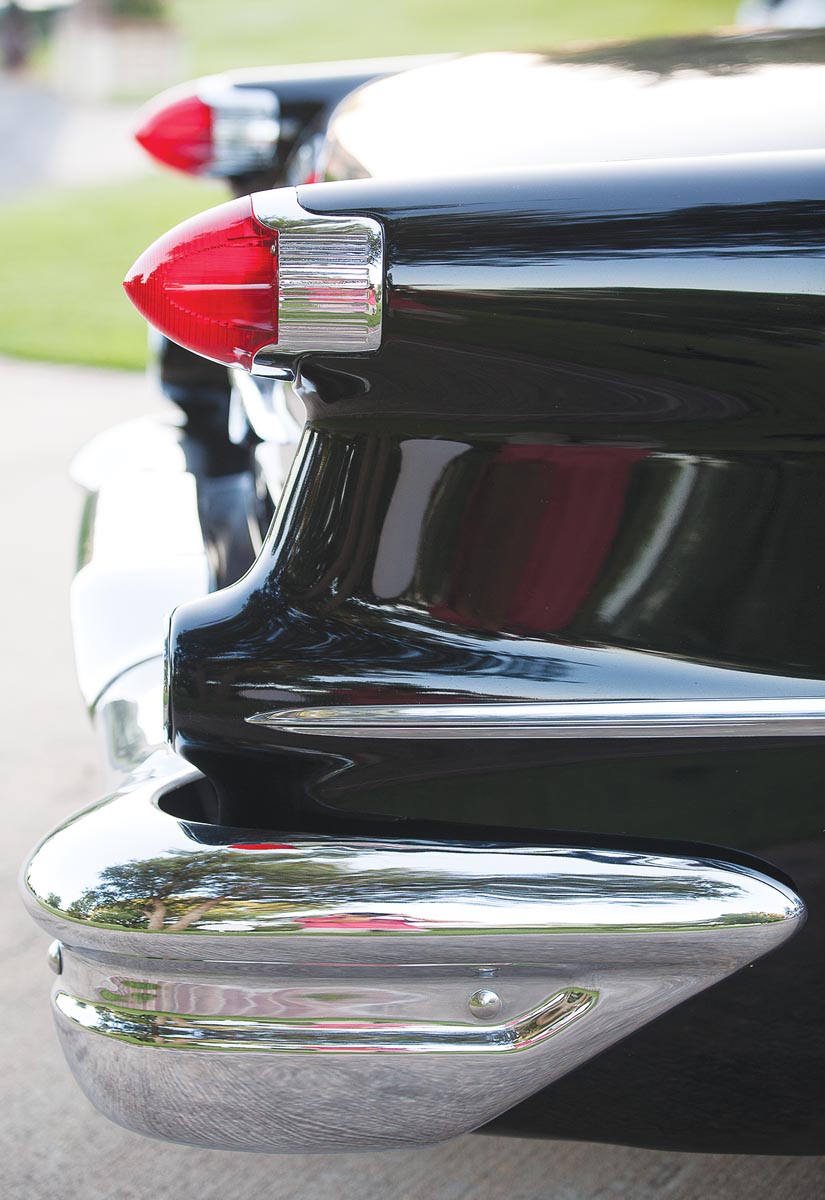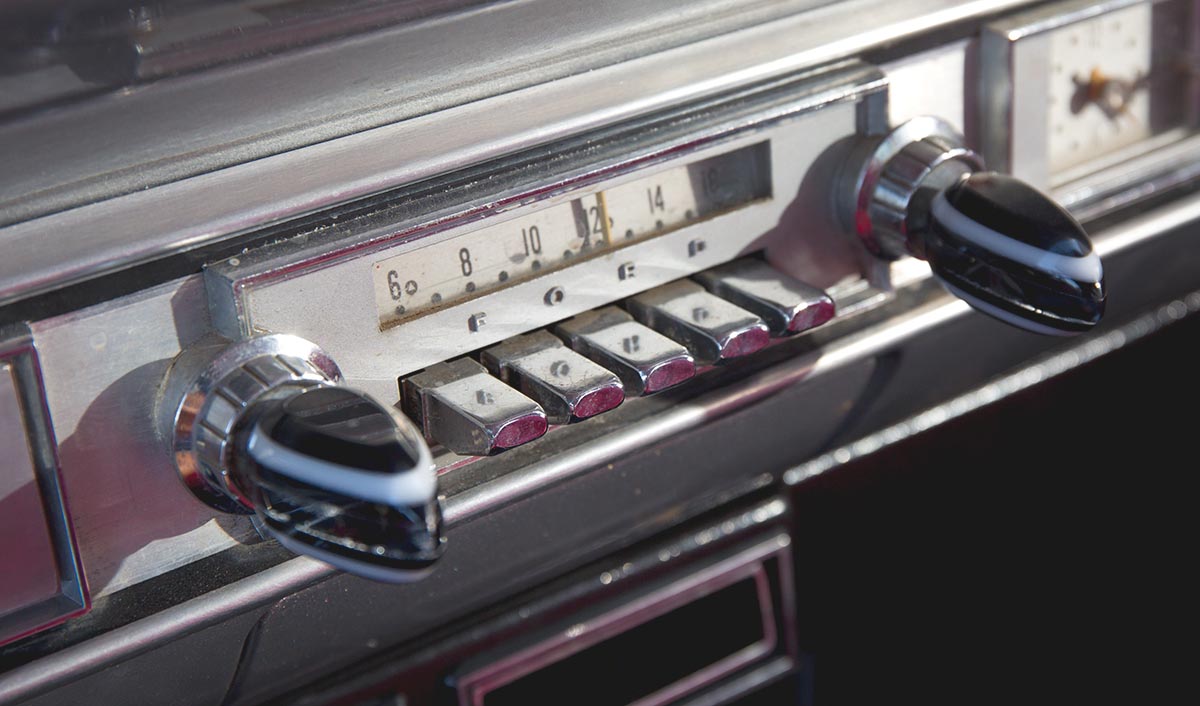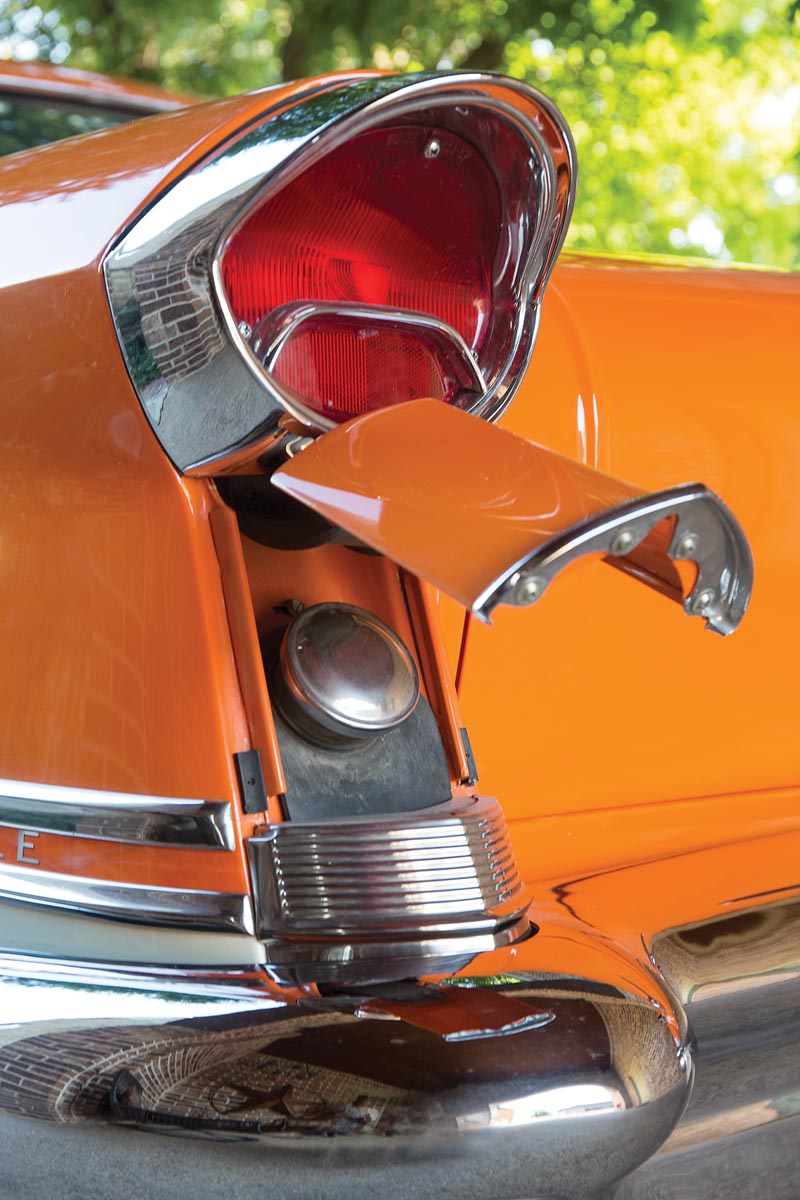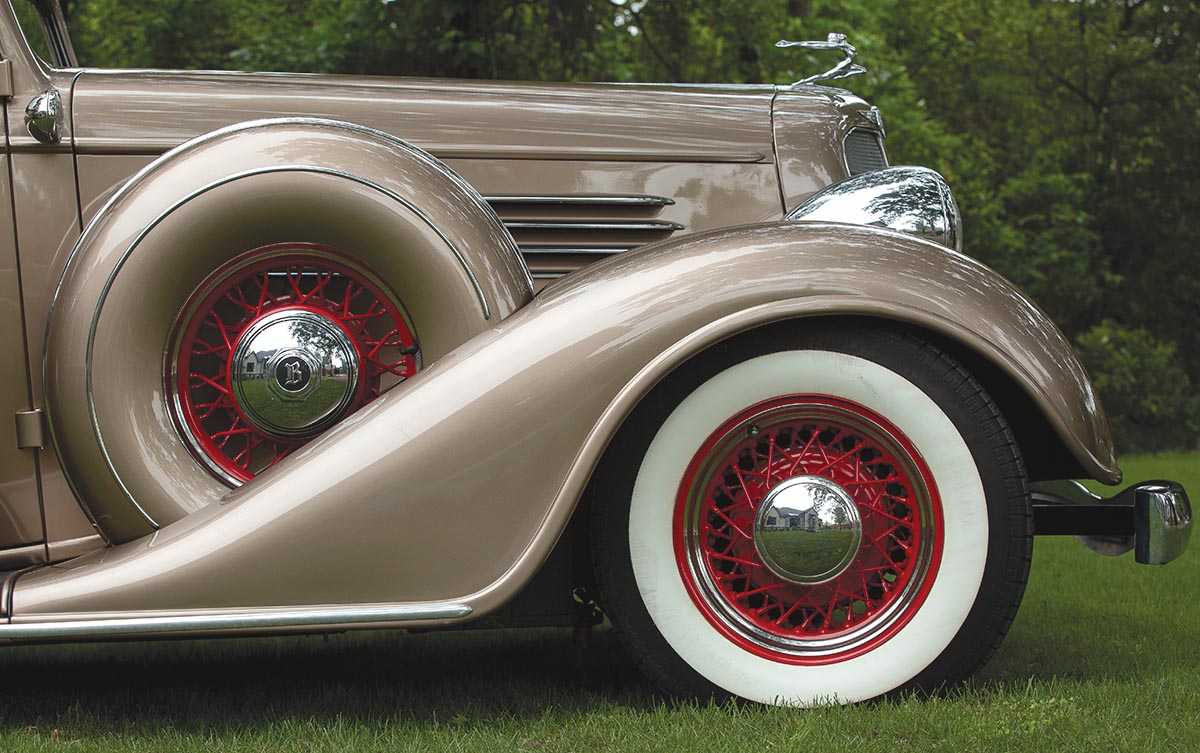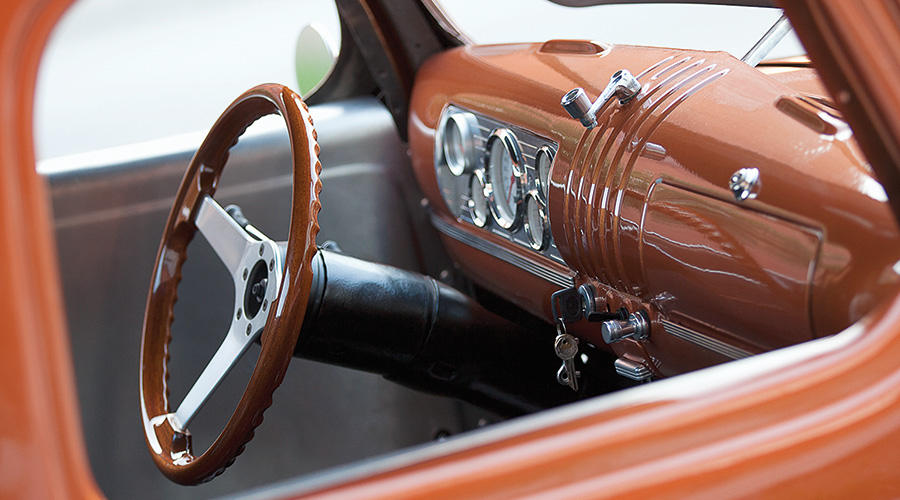
Form and Function
By Steven Cole Smith
From radio knobs to spare tires, automobiles just aren’t made like they used to be
At the very real risk of sounding like the biggest curmudgeon ever, allow me to present five things that I miss in cars today.
The continuing march of innovation and technology has resulted in just that, more innovation and technology, while we overlook the fact that what we used to have sometimes worked better.
I judge a car’s control panel by how quickly I can get up to speed, not how many tricks it can do on its iPad-like setup. Last week, I had an Audi test car that wouldn’t let me turn the radio on, much less change channels. It took an engine restart to reboot the computer into compliance. All these things bring me to my complaints about modern car design.
Window vent
Those triangle-shaped pieces of glass used to be placed in the front corner of the side windows. You pushed vent windows open manually, and they would allow you to get a little air without rolling down the big window, which you also had to do by hand. A few of today’s cars, like the Toyota Prius, have the little windows — they just don’t open.
Bumpers
I’m talking about the kind that actually can take a bump. Current federal standards lowered the 5-mph bumper specification to the 2.5-mph bumper, the speed at which a minor collision should cause no damage. But many of us remember when bumpers were massive chrome things, capable of knocking down a small tree and also giving us something to grab onto when pushing a neighbor’s car to help get it started. We could have a 10-mph bumper — it would cost more and be heavier, but lower repair costs would make up for it.
Radio controls
They should consist of an on-off and volume button on one end and a tuner button on the other, with some buttons in the middle programmed to favorite stations. Around 1990, the battle for sound system complexity reached a crescendo, only to be confounded by the new Lexus LS400, the most innovative model, which had only two dials and some buttons for controlling the radio.
Style
To an extent, aerodynamics have helped shape the current looks of automobiles, but while the new Toyota Camry is stylish, it looks like every other Camry in the car pool. Chevrolet had a run from 1954 to 1967 when its cars looked handsome and different each year, something that will never happen again. In The Villages, the massive Florida retirement community where golf carts have replaced cars as the central form of transportation, a business called Streetrod is thriving. It sells carts that resemble street rods from the 1950s and ’60s, and business is booming. “Do you really want to see your plain Yamaha golf cart in a flood of 85,000 other Yamaha golf carts?” asked Brandt Bell, the manager. As for those of us still driving cars, Jeep owners deserve a tip of the hat. They are personalizing their vehicles with wheels and tires, trim kits and a host of other methods. The rest of us? We’re in the third Camry from the left.
Full-sized spare
At one point, even small cars had full-sized spare tires and a jack in the back. No more. You’re lucky to get a temporary spare tire you have to air up. Some new cars have no spare at all, just a tub of sealant goo and an electric pump that plugs into your lighter to allow you to air up the flat once you’ve patched it. There’s no argument about a full-sized spare being in the consumer’s best interest. You once got five brand new tires, saving the cost of a new one if you got a flat. Put the full-sized spare on the car, and the plugged-up flat tire became your spare. Manufacturers argue that spare tires are heavy and hard to package, although I was driving a full-sized SUV last week that had a little temporary tire in a space large enough for a tractor tire. Some vehicles still have full-sized spares: Seek them out.


